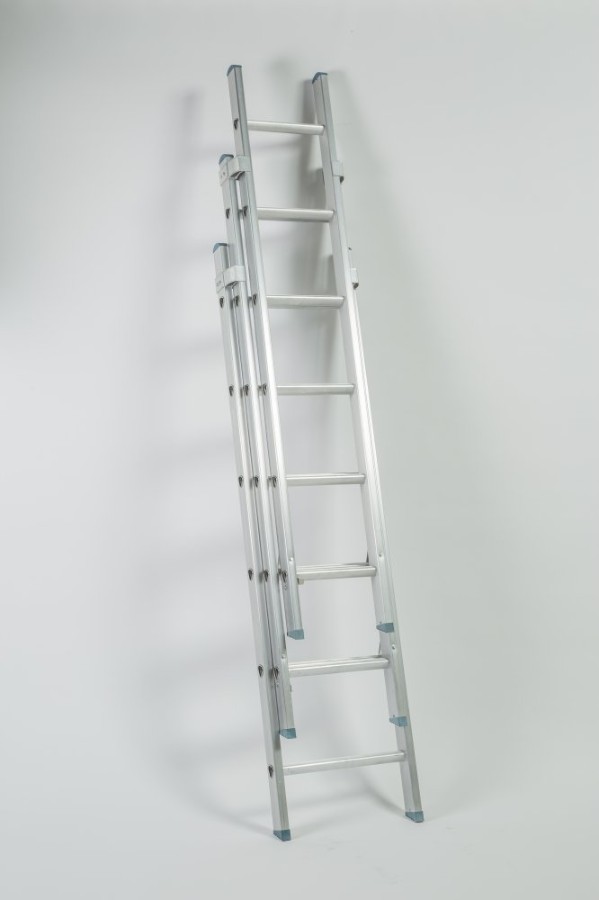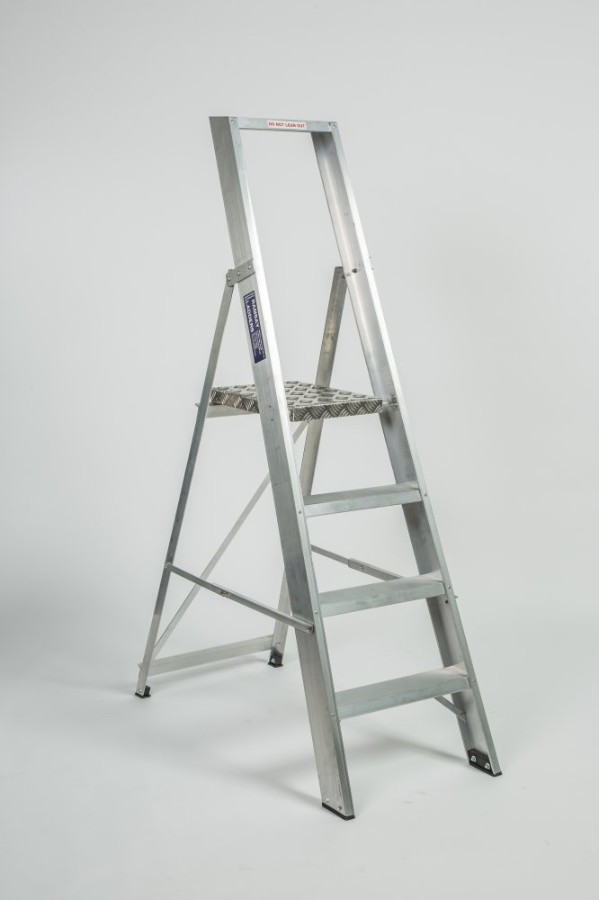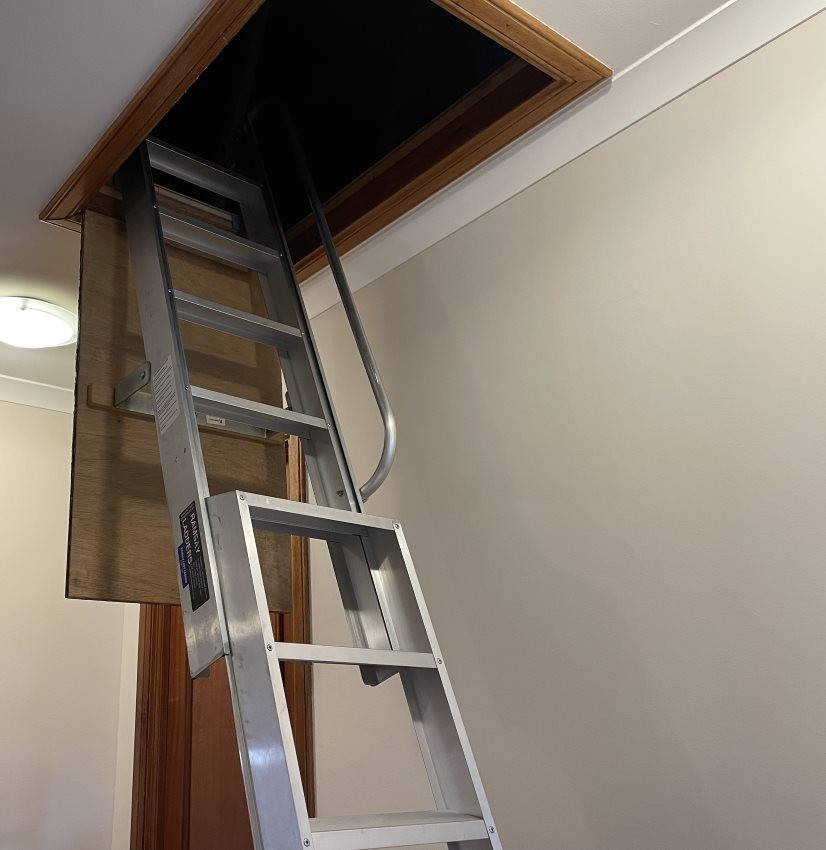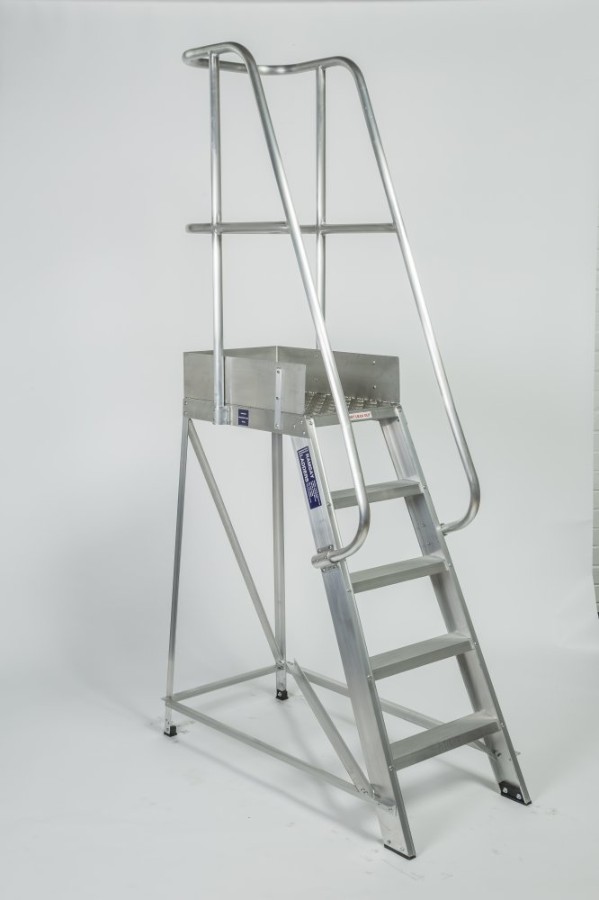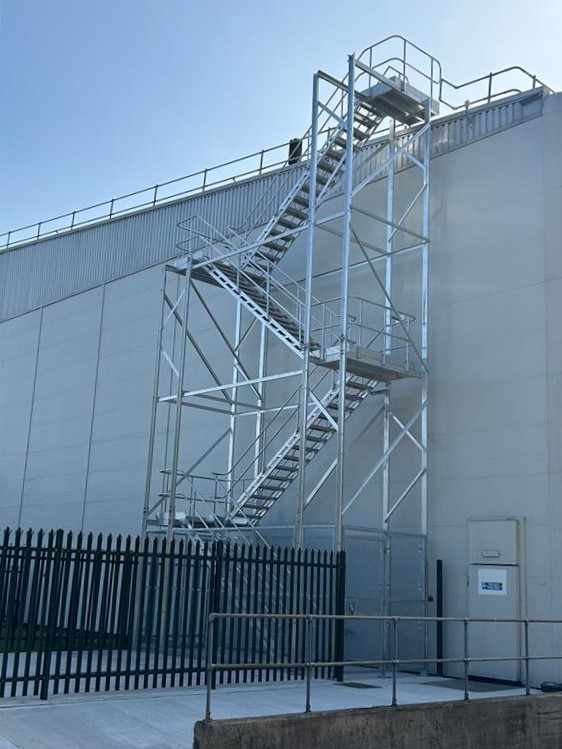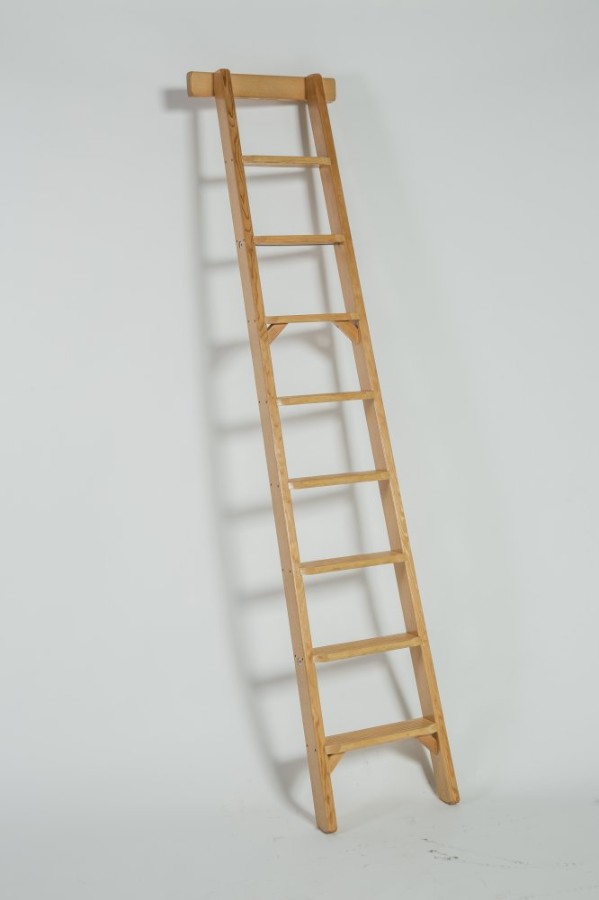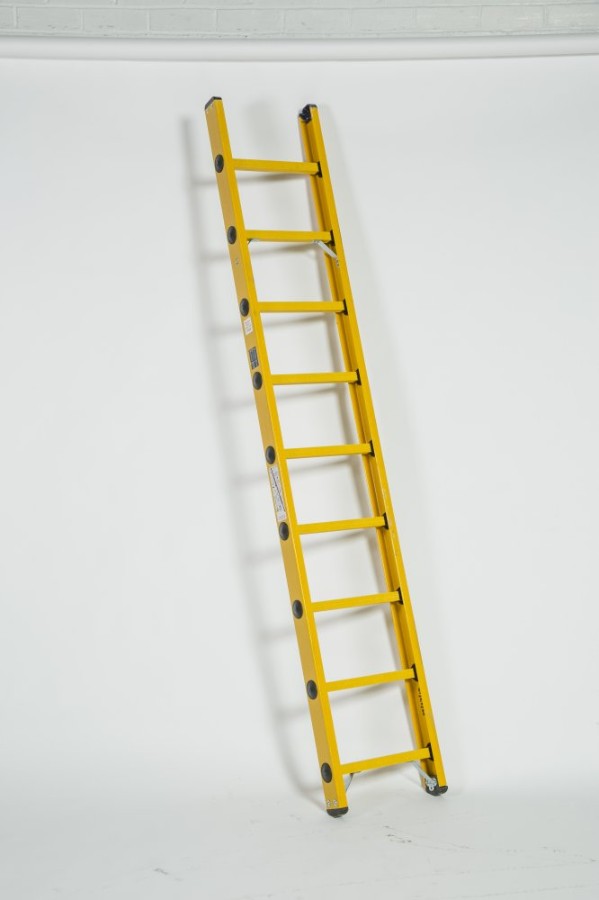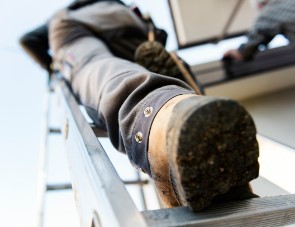How to Stop Your Ladders Slipping
1 September 2022An accident involving a ladder can result in serious injuries, sometimes with fatal consequences.
Falls from height account for 25% of all fatal accidents in the UK each year. Annually, almost 50,000 people attend accident and emergency departments as a result of a ladder accident.
BEFORE YOU TAKE A STEP, CONSIDER THE BASICS
Before you even consider setting foot upon the first rung of the ladder, conduct a risk assessment and read our ladder safety information.
The Work at Height Regulations 2005 apply to working from ladders. Section 6 of the regulations specifically set out requirements relating to ladder safety.
If the risk assessment identifies hazards which cannot be eliminated, consider using an alternative to the ladder. If the user is likely to carry loads above 10 kg up the ladder then a different method should be used.
Ways to minimise risk include checking that the ground is not wet or uneven, avoiding power lines, being aware of fragile surfaces, protecting workers from possible falling objects, inspecting equipment and ensuring the user is competent in using the ladder.
CONDUCT A LADDER SAFETY INSPECTION
Before every use of a ladder, check it thoroughly to make sure it is safe to be used. Any defects must be noted and if the ladder is not safe it should be removed. Make sure the correct type of ladder is being used.
A ladder safety inspection should include the following:
- A check of the condition of the vertical stiles. If they are damaged or compromised then the ladder could collapse.
- Check that all of the rungs are secure and in good condition.
- Check the feet of the ladders. Missing or damaged feet could make the ladder unstable and worn ones could cause it to slip.
- Check all bolts, rivets and screws.
- Pay attention to any locking mechanisms and platforms.
ENSURE THE LADDER USER IS COMPETENT
Ladders are simple devices which when used correctly are very safe. Humans, on the other hand, tend not to be so simple and possess the potential to inadvertently misuse a ladder in a dangerous manner.
A working at height safety awareness course, and one that incorporates ladder safety, is the best way to ensure that workers understand the requirements of safety regulations and the law, and how to use ladders safely.
HOW TO PREVENT A LADDER SLIPPING - POSITION AT A 75-DEGREE ANGLE
If the inclined angle of a ladder is too small, the base can slide out. If the angle is too large, the risk of the ladder toppling over increases.
Always adhere to the “one in four” rule when it comes to ladder safety. The base of the ladder should be placed so that it is one foot away from the building for every four feet of height. That achieves a 75-degree angle.
Research has found that in 49% of ladder incidents, the angle the ladder was positioned at was 65 degrees and under.
If a ladder is positioned at an angle of less than 65 degrees, the friction required to stop it slipping needs to increase by 75%.
HOW TO PREVENT A LADDER SLIPPING - STABILISE IT
The safest way to secure a ladder before you start climbing is to hook or tie the ladder to a sturdy anchor point.
Ladder hooks can secure the ladder to a fixed point such as a locating bar for wall fixing.
A ladder stability device can also be used such as the Laddermate. This simple but effective attachment significantly reduces the chance of ladder slippage.
Alternatively, Ladder Stoppers have a rubber base and help prevent slips and flips. The anti-skid pad sits on the ground while a galvanised T-piece secures the ladder in place.
As a last resort, you could wedge the ladder into the ground to prevent movement or get someone to ‘foot’ the ladder by adding their weight to the base.
HOW TO PREVENT A LADDER SLIPPING WHEN WORKING ON ROOFS AND GUTTERING
When working on roofs and guttering, do not rest the ladder on the gutter as this can easily give way or the ladder slip outwards. Use a standoff bracket - either a flat bar type or a tubular gutter bracket. Read our related guide Staying Safe with Roof Ladders.
A ridge hook for roofladders with a sturdy wheeled top which allows you to move the ladder along the length of the roof. The strong curved hook will securely fit over the edge of a pitched roof.
LADDER SAFETY - DON'T TAKE THE RISK
We tend to think of ladders as simple pieces of equipment to be scaled up and down with ease. But the statistics on ladder accidents and injuries tell us that a serious injury from not setting up a ladder correctly is alarmingly common. Don’t become a statistic. Stop your ladder slipping.


